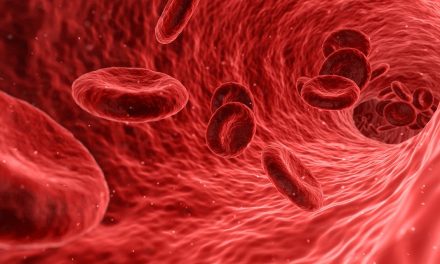Henna burns can occur when fake henna products contain harmful ingredients such as para-phenylenediamine (PPD) or other chemical additives. PPD is a black dye commonly found in hair dyes and can cause severe allergic reactions, including chemical burns, blistering, and skin irritation. Here are some guidelines to recognize and avoid henna burns from fake henna, as well as treatment options if exposed:
1. Recognizing Fake Henna:
– Check the Ingredient List: Read the ingredient list of henna products carefully. Avoid products that contain PPD or other chemical additives. Look for products labeled as “natural” or “pure” henna.
– Color of the Paste: Authentic henna paste is typically greenish-brown or olive in color. Avoid black henna paste, as it often contains harmful additives.
– Rapid Staining: Fake henna may stain the skin within a short time, such as within 15-30 minutes, whereas natural henna requires several hours for the color to develop.
2. Avoiding Henna Burns:
– Research Reputable Suppliers: Purchase henna products from reputable and trusted suppliers who sell natural and safe henna powder or pre-made cones.
– Test for Sensitivity: Perform a patch test on a small area of your skin before applying henna to your entire body. This helps identify any allergic reactions or sensitivities.
– Educate Yourself: Learn about the characteristics of natural henna and the potential risks of fake henna. This knowledge will help you make informed decisions and avoid unsafe products.
3. Treatment Options if Exposed:
– Wash off Immediately: If you suspect you have applied fake henna and experience burning, itching, or discomfort, wash off the paste immediately using mild soap and water.
– Apply Soothing Creams: If you develop a skin reaction or burn, apply a soothing cream or ointment, such as aloe vera gel or hydrocortisone cream, to calm the skin and reduce inflammation.
– Seek Medical Attention: If the symptoms persist or worsen, seek medical attention. A healthcare professional can assess the severity of the burn and provide appropriate treatment, such as prescribing topical or oral medications.
It’s crucial to note that prevention is key when it comes to avoiding henna burns. By being cautious about the products you use, reading ingredient labels, and understanding the risks, you can minimize the chances of experiencing adverse reactions from fake henna.





